Description
Blind Image Blur Estimation Using Neural Network Algorithm – Matlab
ABSTRACT
Images may be degraded for many reasons. Out-of-focus optics produce blurred images, and variations in electronic imaging components introduce noise. This represents Blurred image Classification & De-Blurred Image using DWT. The goal of Blur image Classification is to find blurred or un-blurred images from input ones. In the end, it is shown the de-blurring images. The best results can be achieved by this proposed de-blurred image classification and de-blurred image. Finally, we evaluate the parameter analysis. A learning-based method using a pre-trained deep neural network (DNN) and a general regression neural network (GRNN) is proposed to first classify the blur type and then estimate its parameters, taking advantage of both the classification ability of DNN and the regression ability of GRNN. To the best of our knowledge, this is the first time that pre-trained DNN and GRNN have been applied to the problem of blur analysis. First, our method identifies the blur type from a mixed input of image patches corrupted by various blurs with different parameters. To this aim, a supervised DNN is trained to project the input samples into a discriminative feature space, in which the blur type can be easily classified. Then, for each blur type, the proposed GRNN estimates the blur parameters with very high accuracy.
Blind Image Blur Estimation Using Neural Network Algorithm – Matlab
1. INTRODUCTION
The identification of objects in an image and this process would probably start with image processing techniques such as noise removal, followed by (low-level) feature extraction to locate lines, regions, and possibly areas with certain textures.
The clever bit is to interpret collections of these shapes as single objects, e.g. cars on a road, boxes on a conveyor belt, or cancerous cells on a microscope slide. One reason this is an AI problem is that an object can appear very different when viewed from different angles or under different lighting. Another problem is deciding what features belong to what object and which are background or shadows etc. The human visual system performs these tasks mostly unconsciously but a computer requires skillful programming and lots of processing power to approach human performance. Manipulation of data in the form of an image through several possible techniques. An image is usually interpreted as a two-dimensional array of brightness values and is most familiarly represented by such patterns as those of a photographic print, slide, television screen, or movie screen. An image can be processed optically or digitally with a computer.
An image is a two-dimensional picture, which has a similar appearance to some subject usually a physical object or a person. Image is two-dimensional, such as a photograph, screen display, and as well as three-dimensional, such as a statue. They may be captured by optical devices—such as cameras, mirrors, lenses, telescopes, microscopes, etc. and natural objects and phenomena, such as the human eye or water surfaces.
The word image is also used in the broader sense of any two-dimensional figure such as a map, a graph, a pie chart, or an abstract painting. In this wider sense, images can also be rendered manually, such as by drawing, painting, carving, rendered automatically by printing or computer graphics technology, or developed by a combination of methods, especially in a pseudo-photograph.
System Analysis
Existing Systems
- kernel Estimation
- Restoration algorithm
Drawbacks of Existing System
- Poor Edge detection.
- Less accuracy
- It is not suitable for all lighting conditions images
Proposed Systems
- Kernel Density Process
- Image de-noising in spatial domain
- Artificial neural network
- General Regression Neural Network (GRNN)
Advantages of Proposed Method:
- It gives the better signal to noise ratio and preserves the image edges and textures
- Our approach takes advantage of both images to produce a high-quality reconstructed image.
- Reduced time consumption process
- No special hardware is required.
Blind Image Blur Estimation Using Neural Network Algorithm – Matlab
Circuit Diagram
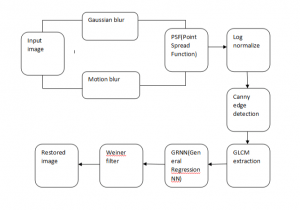
Requirement Specifications
Hardware Requirements
- system
- 4 GB of RAM
- 500 GB of Hard disk
SOFTWARE REQUIREMENTS:
- MATLAB 2018b
CONCLUSION
The goal of Blur image Classification is to find blurred or un-blurred images from input ones. In the end, it is shown the de-blurring images. The best results can be achieved by this proposed de-blurred image classification and de-blurred image. we comprehensively illustrate the neural network, pre-trained deep neural network (DNN), and a general regression neural network (GRNN) to classify the output, and also we get good accuracy at the end.

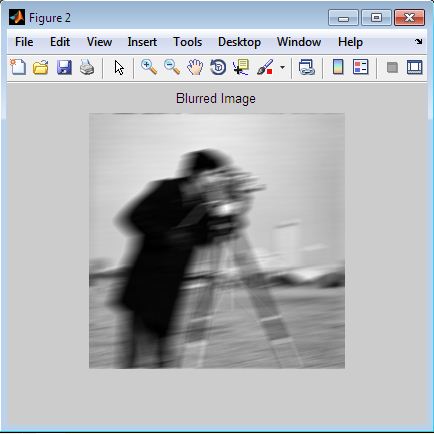
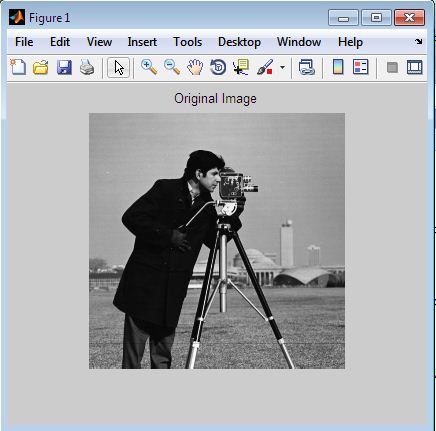
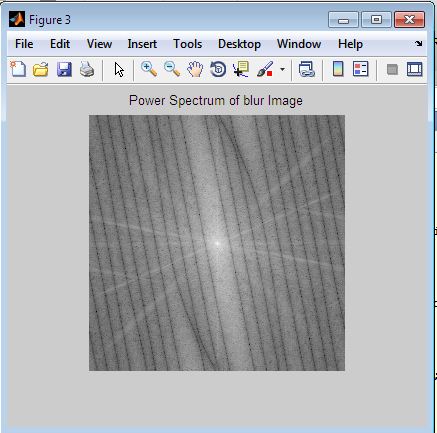
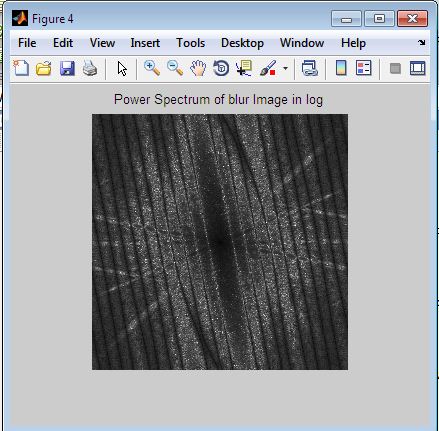
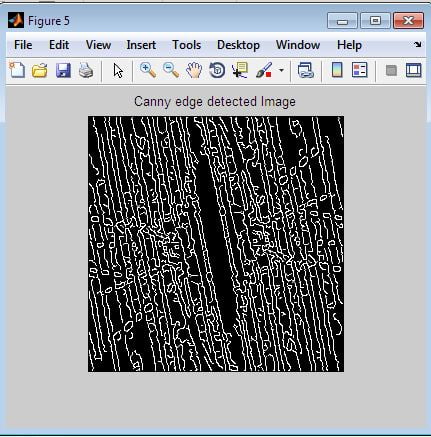
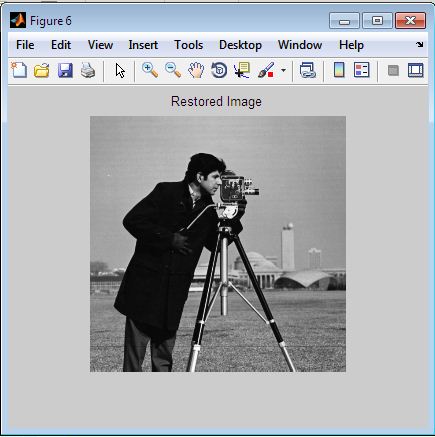

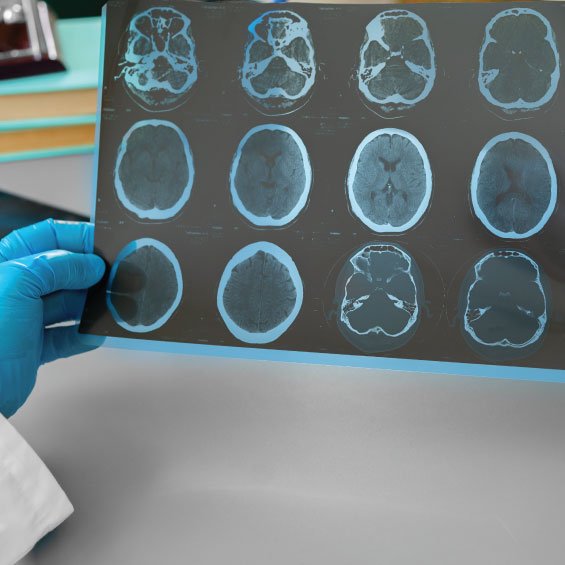

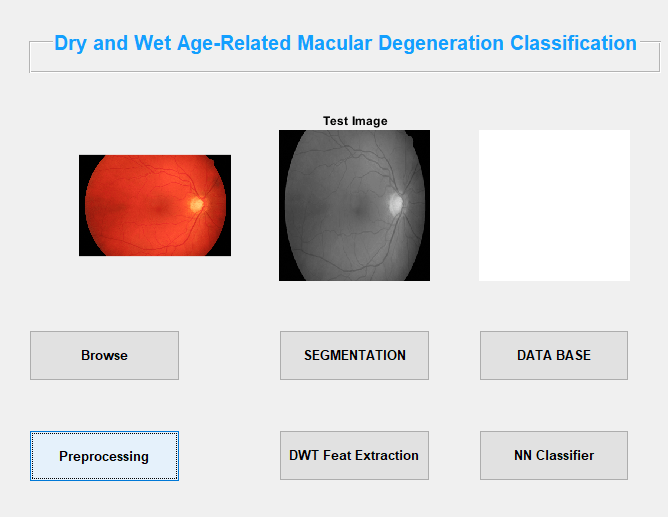





























































































































































































































































































































































































































































































































































































































































































































































































































































































































































































































































Customer Reviews
There are no reviews yet.